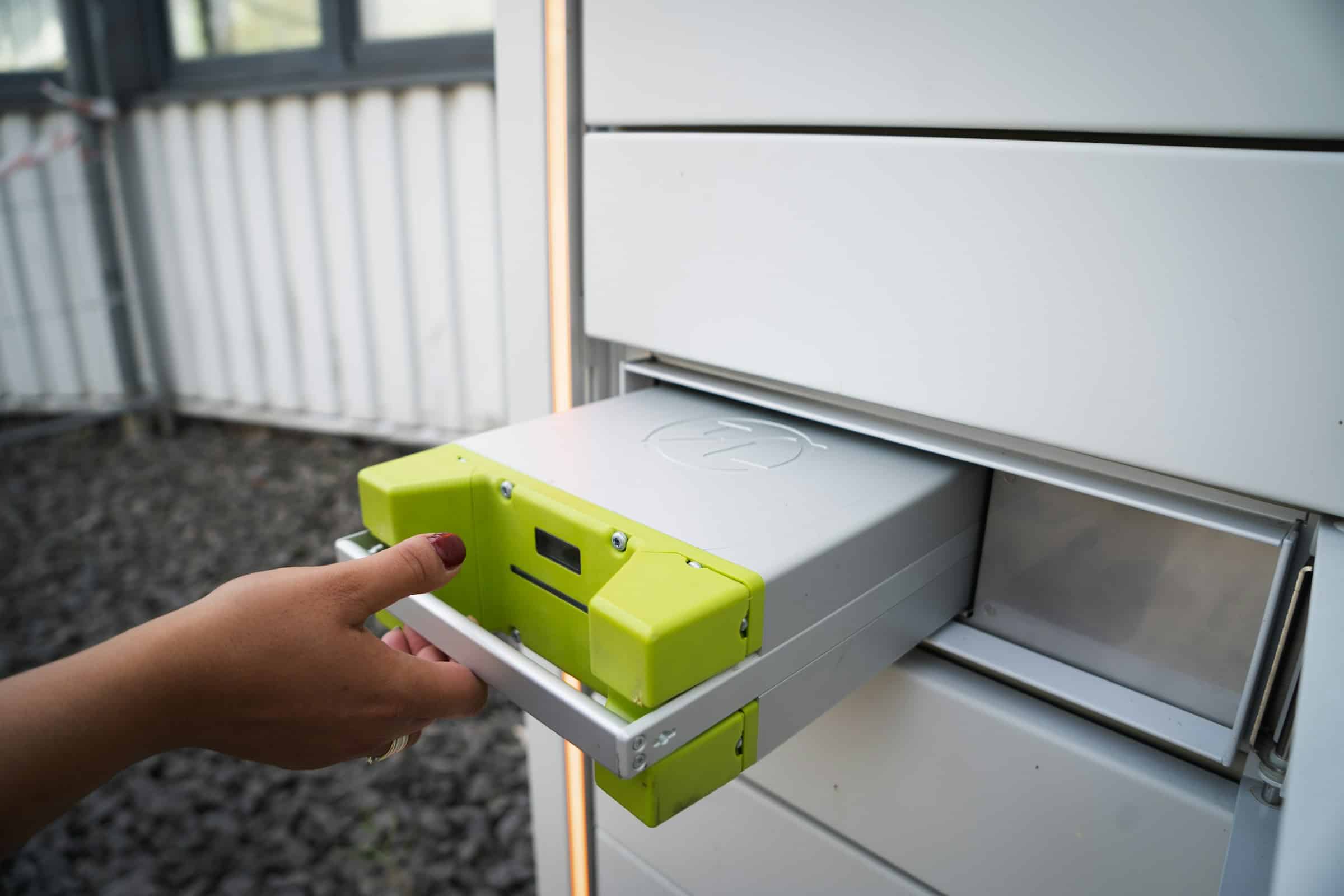
In the ever-evolving technology landscape, managing and monitoring applications running inside Docker containers can be quite challenging. Centralized logging emerges as a crucial solution to this complexity, providing a unified view of all log data. Leveraging the ELK stack—Elasticsearch, Logstash, and Kibana—offers a powerful way to aggregate logs and glean actionable insights. This article walks you through the process of setting up centralized logging for Docker containers using the ELK stack, ensuring your system remains robust and secure.
Centralized logging involves collecting logs from multiple sources and consolidating them in a single location. Docker containers, being isolated environments, generate individual logs that need to be aggregated for effective monitoring. The ELK stack is an ideal solution for this, comprising three distinct components:
A lire en complément : How do you implement Blue-Green deployments in a Kubernetes environment?
When these components are integrated, they provide a comprehensive logging solution for Docker containers.
Before initiating the ELK stack installation, certain prerequisites need to be met. First, ensure you have Docker and Docker Compose installed on your system. These tools simplify the deployment and management of multi-container Docker applications.
Cela peut vous intéresser : What are the detailed steps to configure a VPN gateway in Azure?
docker network create elk
With these steps completed, your environment is now ready for the ELK stack installation.
Deploying the ELK stack using Docker Compose allows you to manage the configuration and deployment of multiple services as a single application. This approach streamlines the setup process and simplifies future maintenance.
Create a file named docker-compose.yml and populate it with the following content:
version: '3.7'
services:
elasticsearch:
image: docker.elastic.co/elasticsearch/elasticsearch:7.17.5
container_name: elasticsearch
environment:
- discovery.type=single-node
- ES_JAVA_OPTS=-Xms512m -Xmx512m
ports:
- 9200:9200
networks:
- elk
logstash:
image: docker.elastic.co/logstash/logstash:7.17.5
container_name: logstash
volumes:
- ./logstash.conf:/usr/share/logstash/pipeline/logstash.conf
ports:
- 5044:5044
networks:
- elk
kibana:
image: docker.elastic.co/kibana/kibana:7.17.5
container_name: kibana
ports:
- 5601:5601
networks:
- elk
networks:
elk:
driver: bridge
With the docker-compose.yml file created, initialize the ELK stack by executing the following command:
docker-compose up -d
This command starts the ELK stack in detached mode, enabling you to continue using your terminal while the services run in the background.
Logstash serves as the intermediary between Docker containers and Elasticsearch. By configuring Logstash to collect Docker logs, you can centralize and process log data effectively.
Generate a file named logstash.conf and include the following configuration:
input {
beats {
port => 5044
}
}
filter {
json {
source => "message"
}
}
output {
elasticsearch {
hosts => ["http://elasticsearch:9200"]
index => "docker-logs-%{+YYYY.MM.dd}"
}
}
This configuration directs Logstash to listen on port 5044 for incoming log data, process the logs as JSON, and forward them to Elasticsearch.
To ensure your Docker containers send logs to Logstash, you need to adjust their logging driver. Modify your container's docker run command as shown below:
docker run -d --log-driver=gelf --log-opt gelf-address=udp://logstash:5044 your-container-image
This command configures the container to use the GELF logging driver, sending logs to Logstash on port 5044.
With logs centralized in Elasticsearch, Kibana provides a powerful interface to visualize and analyze log data. This section covers the steps to set up and customize Kibana to suit your needs.
After deploying the ELK stack, Kibana is accessible via your browser at http://localhost:5601. The first time you access Kibana, you'll be prompted to configure an index pattern.
An index pattern tells Kibana which Elasticsearch indices to explore. Follow these steps to create an index pattern:
docker-logs-* as the index pattern and click Next Step.@timestamp as the Time Filter field and click Create Index Pattern.With the index pattern configured, you can now explore and visualize your Docker logs:
This interactive interface allows you to identify patterns, troubleshoot issues, and make informed decisions based on log data insights.
Setting up centralized logging for Docker containers using the ELK stack is a robust solution for managing and analyzing log data. By following the steps outlined in this article, you can deploy the ELK stack, configure Logstash to collect Docker logs, and utilize Kibana to visualize and analyze log data effectively.
Centralized logging not only simplifies log management but also empowers you to gain deeper insights into your system's performance and security. As a result, you can proactively address issues, optimize operations, and ensure the reliability of your Dockerized applications.
By implementing the ELK stack for centralized logging, you position your organization to navigate the complexities of containerized environments with confidence and agility.